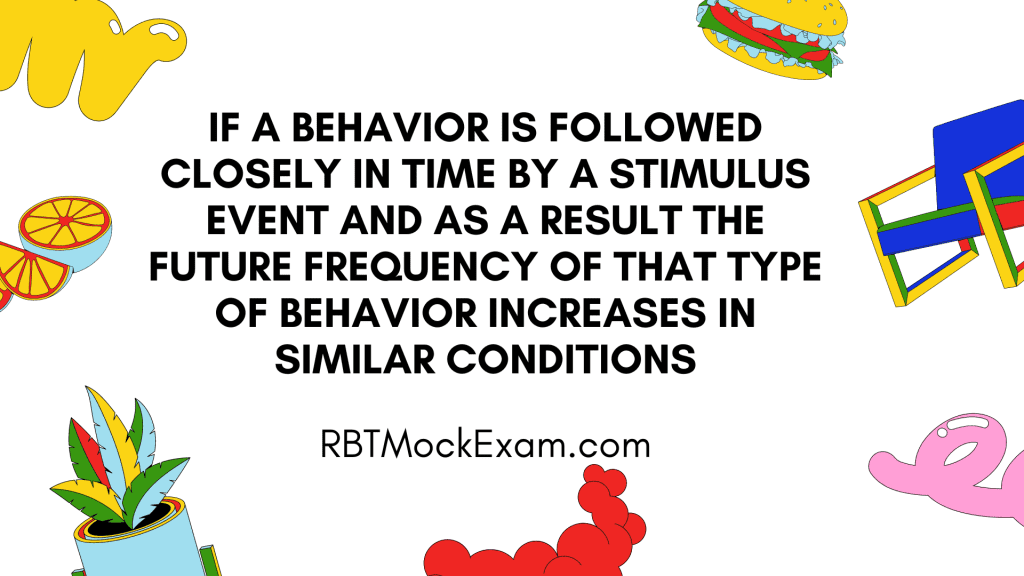Question: Celeste observes her client and marks whether or not a behavior is occurring at the end of a designated interval. Celeste is using:
Options:
A. Momentary Time Sampling
B. Partial Interval Recording
C. Whole Interval Recording
Correct Answer: A. Momentary Time Sampling
Explanation: Momentary Time Sampling is a recording method in which the observer notes whether the target behavior is occurring when the interval ends. This method is useful for frequent behaviors and lasts for longer periods, as it allows the observer to check for the behavior periodically without having to observe throughout the entire interval continuously.
Unlike partial or whole interval recording, momentary time sampling focuses only on whether the behavior is present at the end of each interval.
Momentary Time Sampling (MTS) is indeed the correct method Celeste is using. Here’s a more detailed breakdown of this method and how it compares to the other options:
- Momentary Time Sampling (MTS):
- In MTS, the observer checks if the behavior is occurring precisely at the end of each interval.
- It’s like taking a snapshot of the behavior at specific time points.
- MTS is efficient for measuring behaviors that occur frequently or for extended durations.
- It provides an estimate of the percentage of time the behavior occurs.
- Advantages: Less labor-intensive, good for high-frequency behaviors, reduces observer fatigue.
- Limitations: May miss brief occurrences of behavior between observation points.
- Partial Interval Recording (Not the correct answer here):
- In this method, the observer records if the behavior occurs at any point during the interval.
- It tends to overestimate the duration of behavior.
- Useful for behaviors that occur at low frequencies or have short durations.
- Advantages: Good for detecting low-frequency behaviors.
- Limitations: Can overestimate behavior occurrence, especially for high-frequency behaviors.
- Whole Interval Recording (Not the correct answer here):
- The behavior must occur throughout the entire interval to be recorded.
- It tends to underestimate the duration of behavior.
- Best for behaviors that typically occur for extended periods.
- Advantages: Provides a conservative estimate of behavior duration.
- Limitations: May underestimate behavior occurrence, especially for brief or intermittent behaviors.
Key Differences:
- MTS focuses on a single moment at the end of each interval.
- Partial Interval records if the behavior happens at any time during the interval.
- Whole Interval requires the behavior to last the entire interval to be recorded.
Choosing the Right Method: The choice between these methods depends on the nature of the behavior being observed, the research question, and practical considerations. MTS is often preferred when:
- The behavior occurs frequently or for extended periods.
- You want to estimate the proportion of time a behavior occurs.
- Resources for continuous observation are limited.
- Observer fatigue is a concern in long observation sessions.
In Celeste’s case, by marking the behavior only at the end of designated intervals, she is clearly using Momentary Time Sampling. This method allows her to get a representative sample of the behavior’s occurrence over time without the need for continuous observation.





